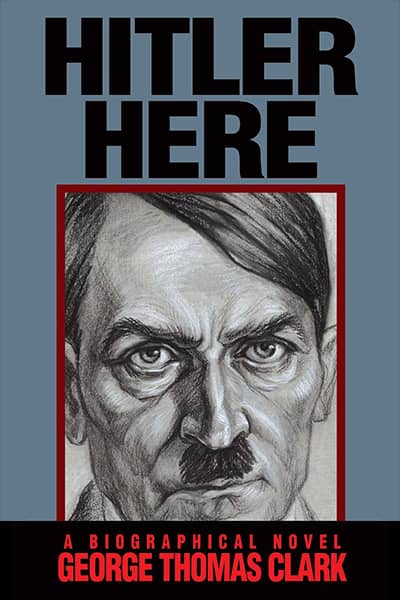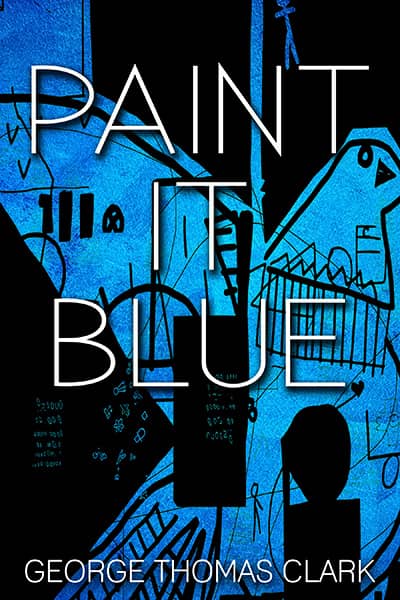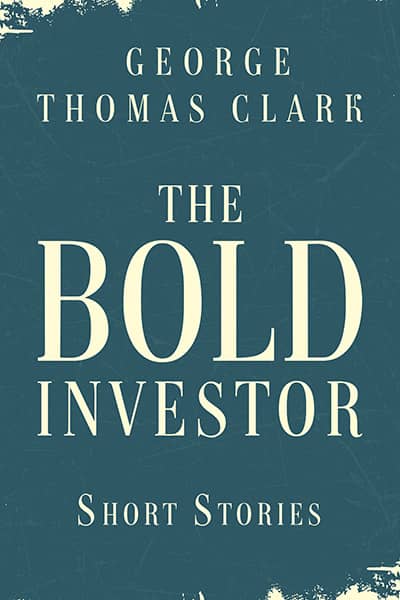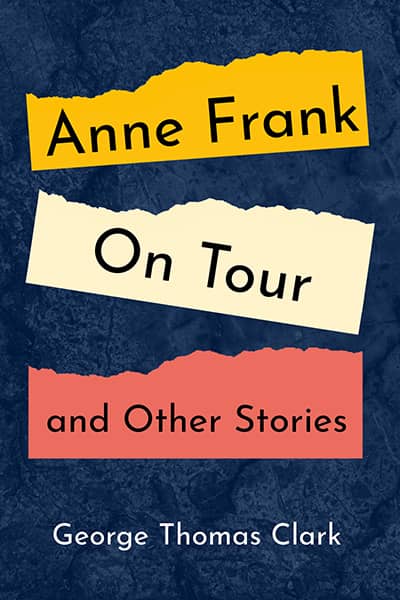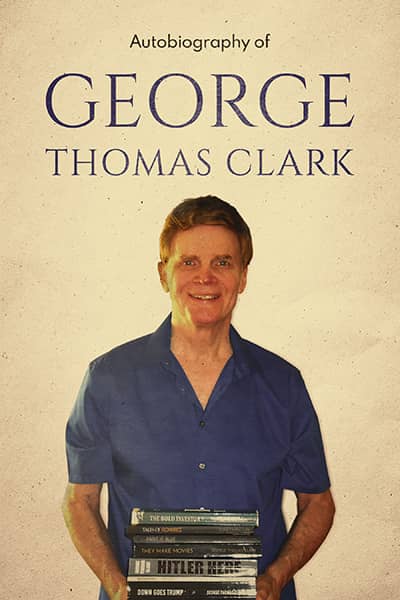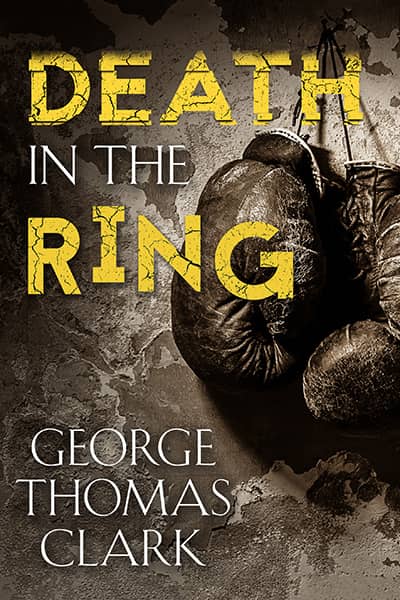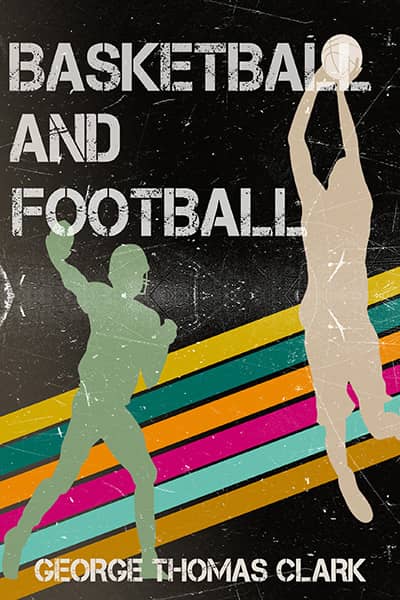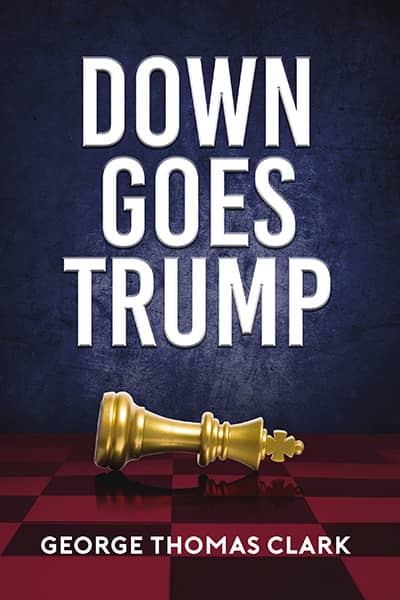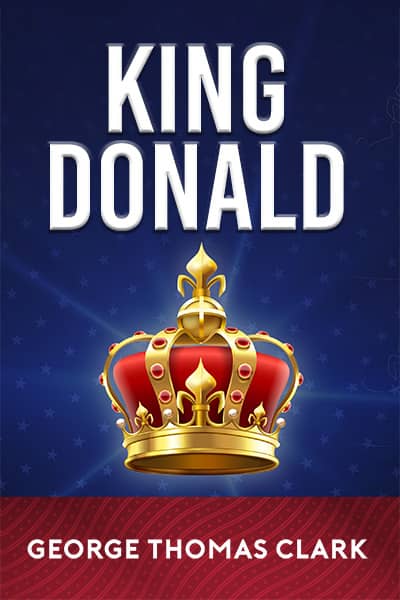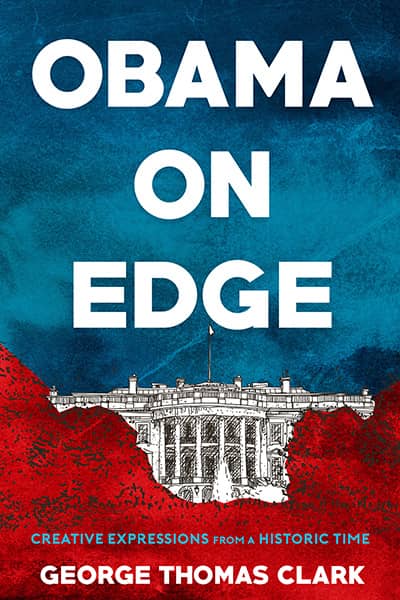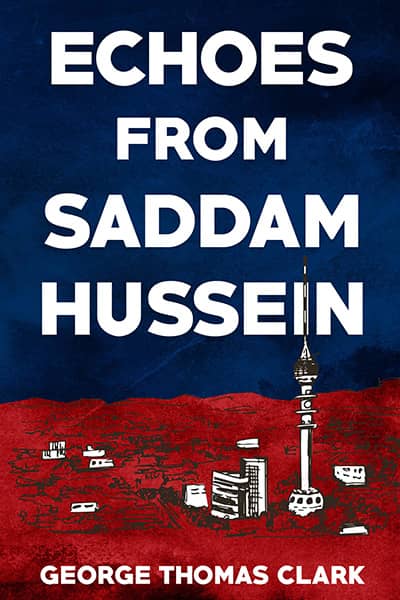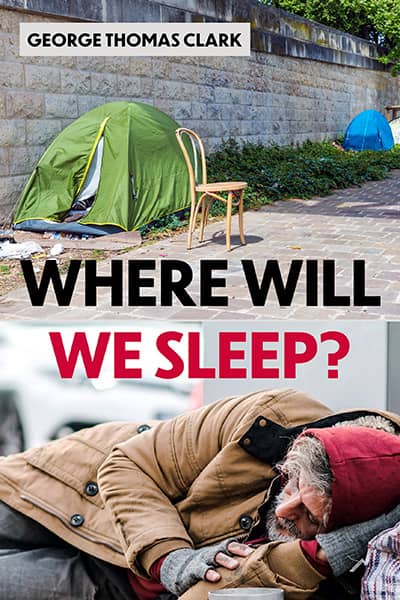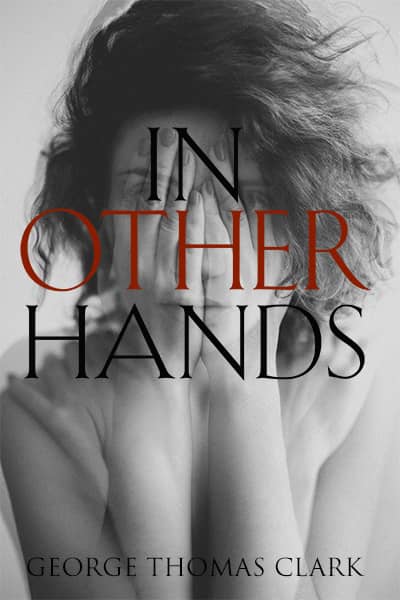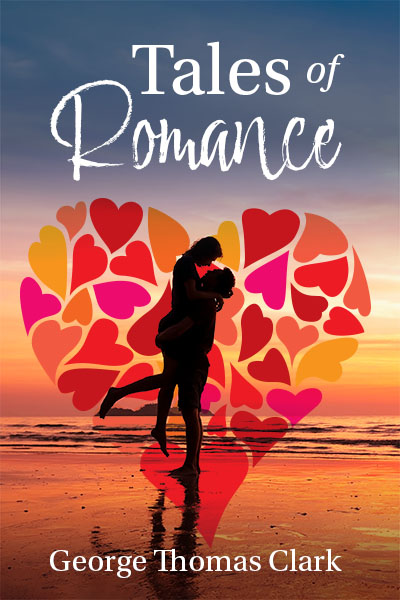Emotions and Statistics from Ferguson
November 29, 2014
The usual suspects right and left are respectively railing that police are always justified in using force in ghettoes or they’re never justified in so doing especially if the alleged criminal descended from slaves. There’s no need to refute Al Sharpton, race baiter and riotous agitator extraordinaire, or columnist Leonard Pitts, a self-proclaimed introvert who’s spent twenty years working at home so the real world won’t frighten or force him to admit inner cities are cauldrons of racism and violence, or Rudy Giuliani who forever appears gratified by the spontaneous breaking of black heads. To these and other luminaries who distort tragic events I simply say: congratulations on having such large and mindless groups of followers.
Let’s start with some essential (balanced) statistics provided by the Washington Post and the Detroit Free Press. Perhaps if Rudy Giuliani had more time than during a loud televised argument, the former New York mayor and prosecutor would have provided vital context to his correct assertion that ninety-three percent of murdered blacks are killed by other blacks. He could’ve done so by noting that eighty-four percent of murdered whites are killed by other whites. People generally terminate those at hand. Giuliani also could have strengthened his argument, that blacks are statistically more dangerous than whites, by noting fourteen percent of white victims are murdered by blacks, yet only seven percent of black victims are murdered by whites, and there are thirty-four murderous black offenders per one hundred thousand citizens compared to about four and a half per hundred thousand whites. He also could’ve stressed that white police kill more white suspects than black suspects, though a higher percentage of dead suspects are black.
Whether or not they acknowledge it, most commentators, and indeed most citizens, are consciously or at least intuitively aware of the trends noted above. Officer Darren Wilson understood there was danger in Ferguson, Missouri, and eighteen-year old Michael Brown believed he could, with impunity, commit a strong-arm robbery and then walk down the middle of the street – why wasn’t he trying to be less conspicuous? – and refuse to move to the sidewalk when the officer, politely or crudely, ordered him to do so.
What evidently no one knows, given contradictory and utterly confusing testimony offered by eyewitnesses before the grand jury, is who started the physical altercation between Darren Wilson and Michael Brown and what then followed. Here is a sampling of “witness interviews from the Michael Brown shooting investigation” published by the PBS Newshour.
1. Did Michael Brown charge the police car or the police officer? Seven witnesses said yes and five no.
2. Did he reach into or otherwise directly interact with police car? Twelve yes and three no.
3. Did Darren Wilson fire his gun repeatedly at Michael Brown while Brown was down? Six yes and six no.
4. Did Michael Brown put his hands at his waist? Five yes and two no.
5. Did Michael Brown face Darren Wilson when fired upon? Seventeen yes and two no.
6. Was Michael Brown running away from Darren Wilson when fired upon? Fifteen yes and five no.
7. Was Michael Brown kneeling when fired upon? Seven yes and six no.
8. Did Michael Brown put his hands up when fired upon? Sixteen yes and two no.
Point two suggests one of two painful possibilities. Either Michael Brown “reached into…the police car,” trying to seize the officer’s gun, as Darren Wilson claimed, or Brown was struggling to prevent Wilson from firing at him close range. Point eight is also disturbing: sixteen people testified that Officer Wilson continued firing on a man who was trying to surrender. I began this column believing the grand jury was correct. Now, after hours of study, I think a trial may have been called for. There would not have been a conviction in a trial with so many contradictions, and the resulting riots may have been worse, but citizens would have continued to ask themselves: why do confrontations like this so often happen in the United States?
Let’s look at some bloody figures provided by The Economist and GunPolicy.org. There are about four million (legal and illegal) guns, a majority of them rifles, held by civilians in Great Britain. In the United States there are about three hundred million firearms, conveniently providing one for every citizen, even those in cribs. Last year the British police didn’t kill any civilians and fired their guns, astoundingly, only three times. In 2012 British police shot and killed one suspect while American police used guns to terminate four hundred and nine people. That means British citizens are one hundred times less likely to get shot by guns than those who reside in the United States. The Economist also notes that from 2010 to 2014 in Albuquerque, New Mexico the police killed twenty-three civilians, a figure seven times greater than the three killed by all British police during the same period.
These statistics don’t prove or even suggest that American police are inherently bloodthirsty while British bobbies are gentle souls. What it does mean is that in militarized America about nine thousand people are murdered by handguns a year. And police officers, thirty of whom were shot and killed last year, feel endangered and ready to draw and fire.
What can Americans do about the gun glut? Only twenty-five percent want a handgun ban today while sixty percent favored it in 1960. I have no solution. I hate guns, especially handguns, yet I own a nine millimeter pistol. What choice did I have? About fifteen years ago a man by phone several times threatened to shoot me. Finally I bought my weapon and told the gunslinger’s son I’d shoot his father if he ever came to my home. If he had, he could have easily ambushed me as I arrived or left or done the same where I worked. A handgun only provided the illusion of being able to defend myself against an armed criminal. We cherish illusions that make inevitable more confrontations between the Darren Wilsons and Michael Browns.
I can offer one mandate: put more black police officers on the street so those on patrol look something like those they’re patrolling. It’s absurd and provocative there are only three black officers in a Ferguson police department of fifty-three. Ignore what white authorities usually say about such disparities: we can’t find enough qualified blacks. Bullshit. Get more black police officers on the damn street.
